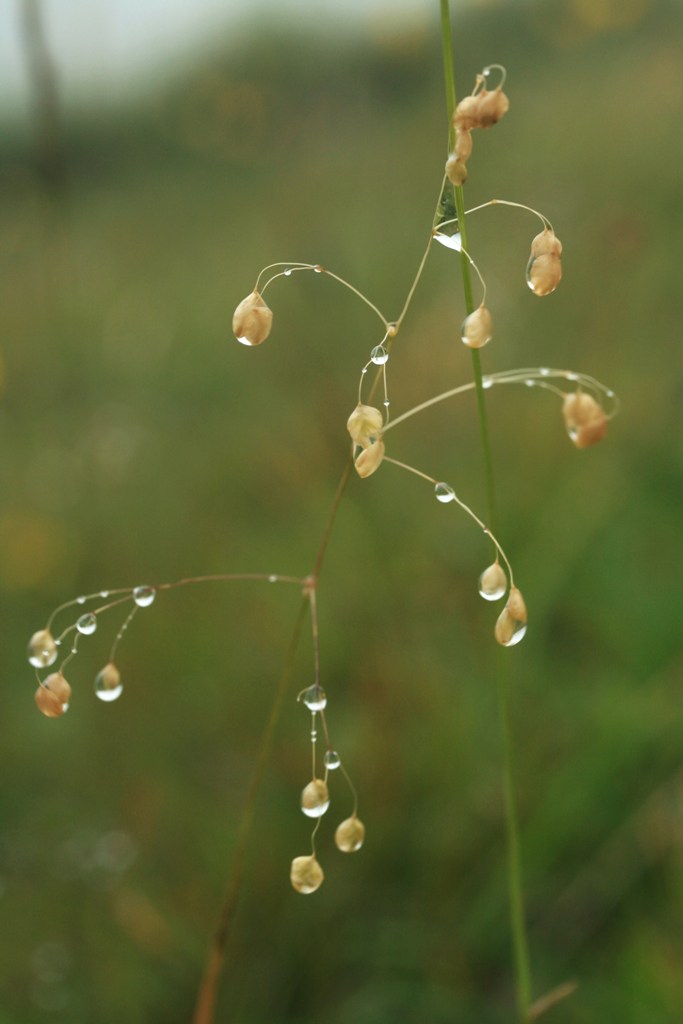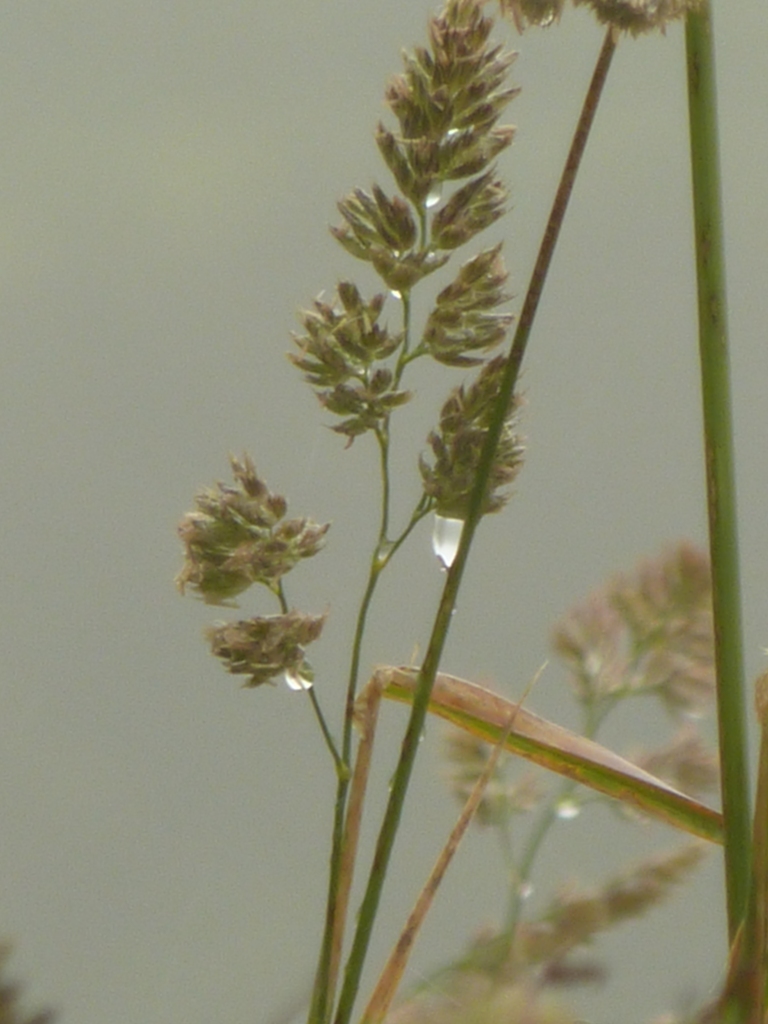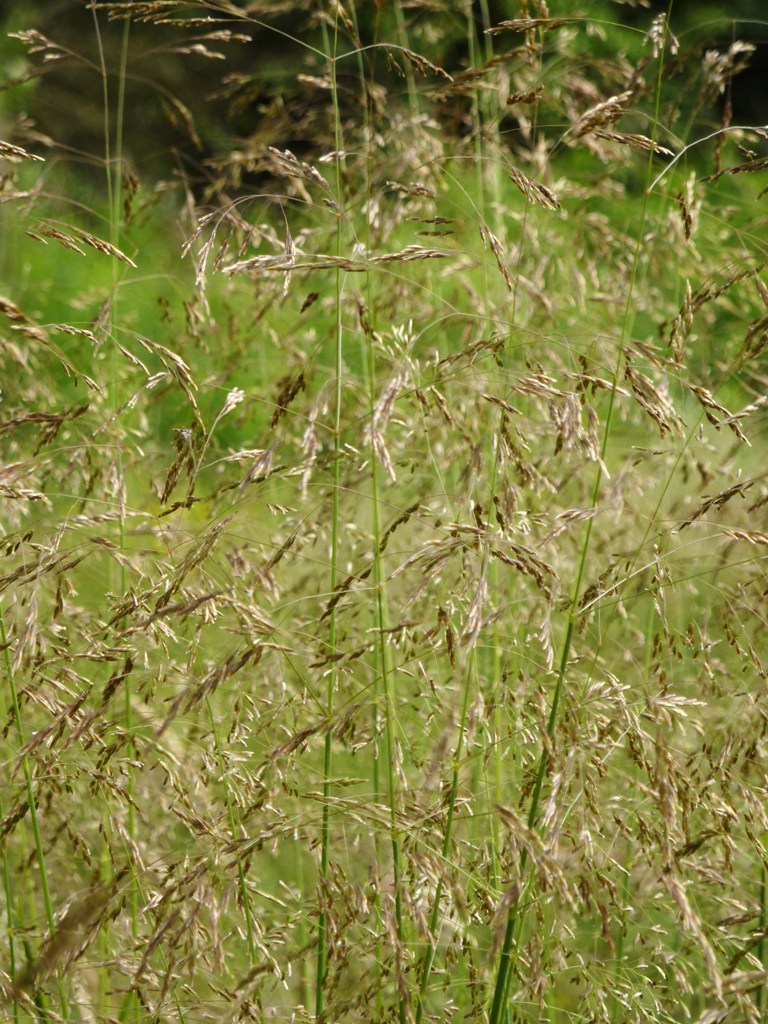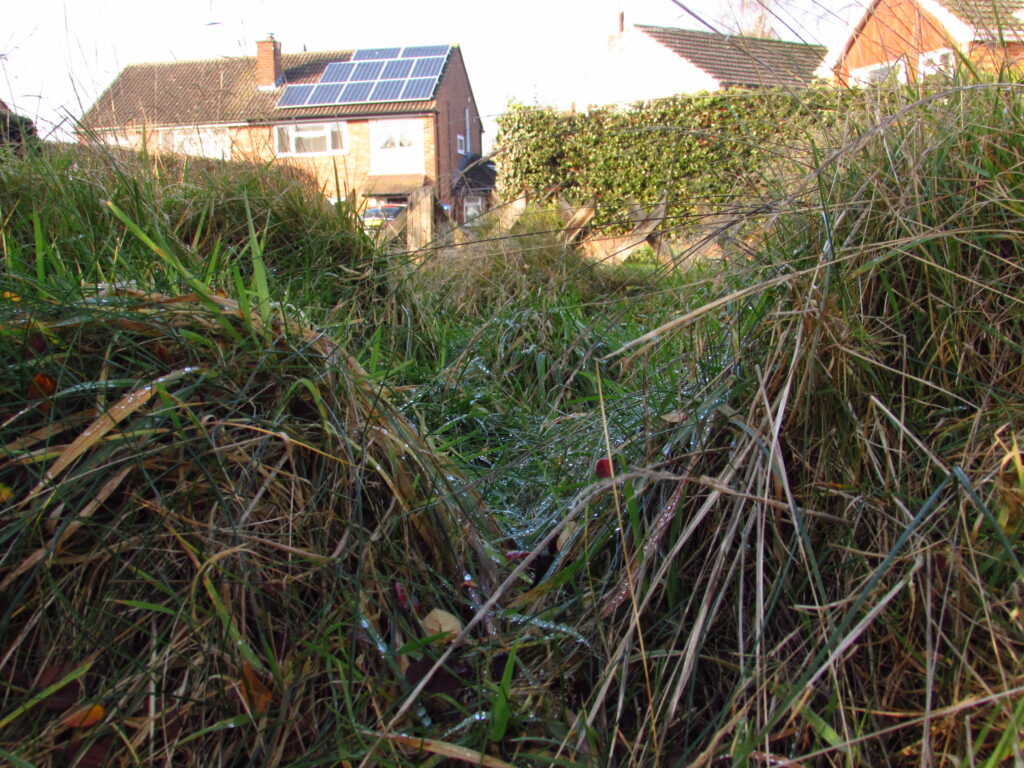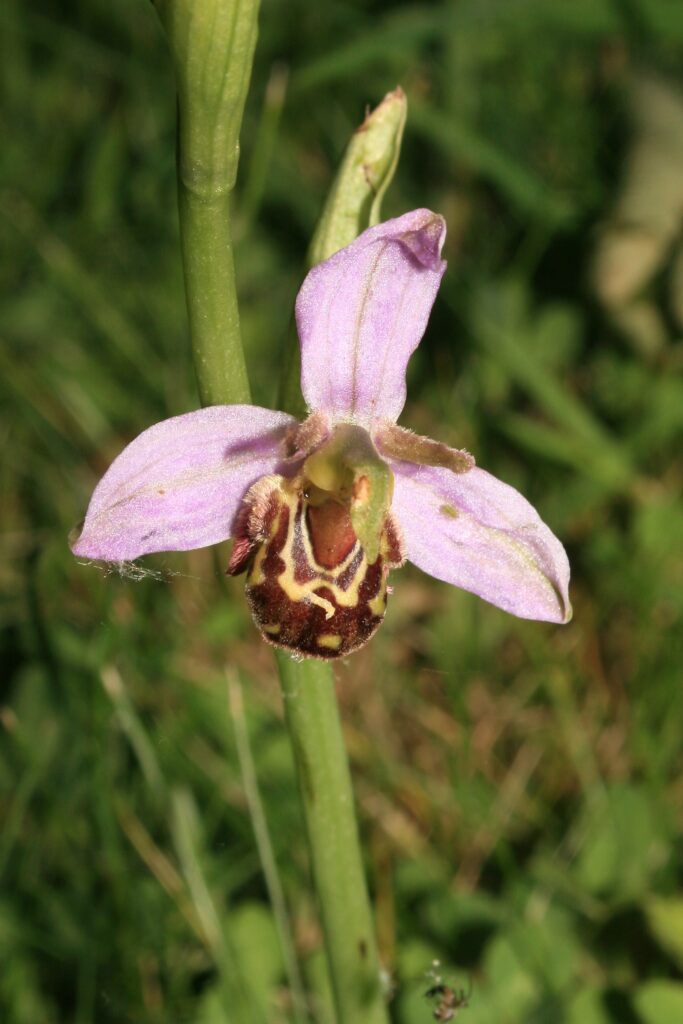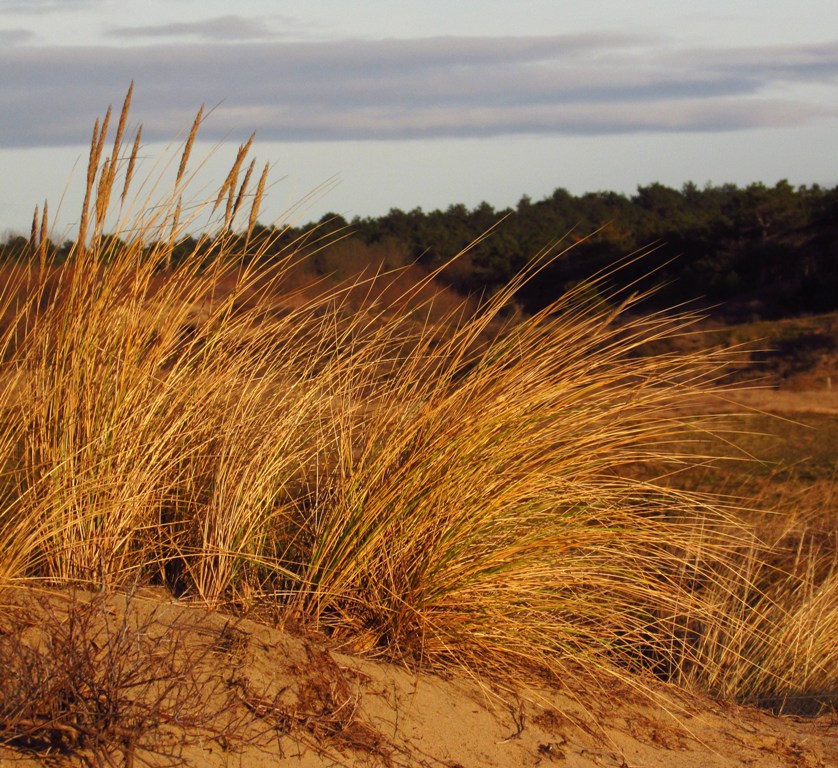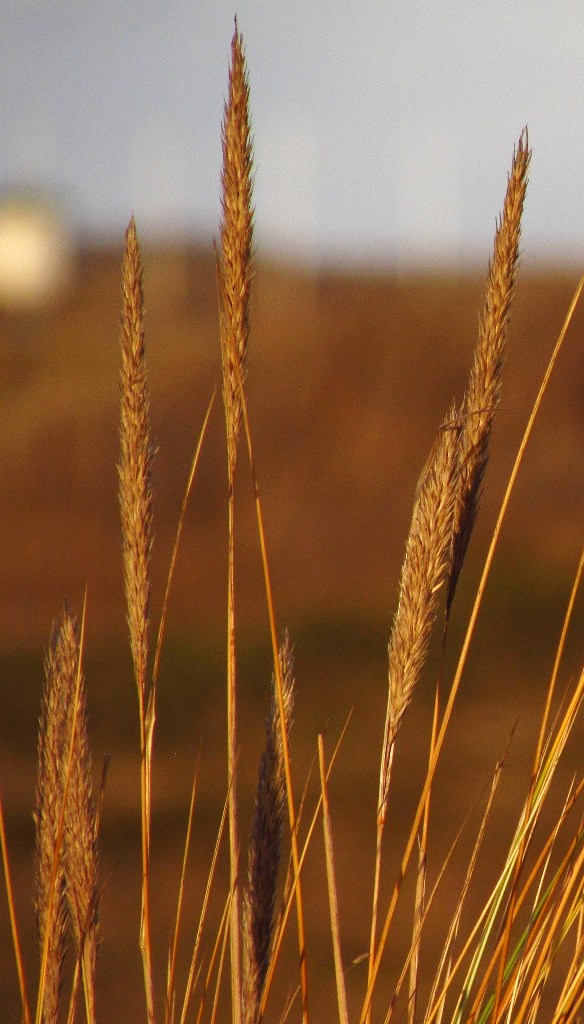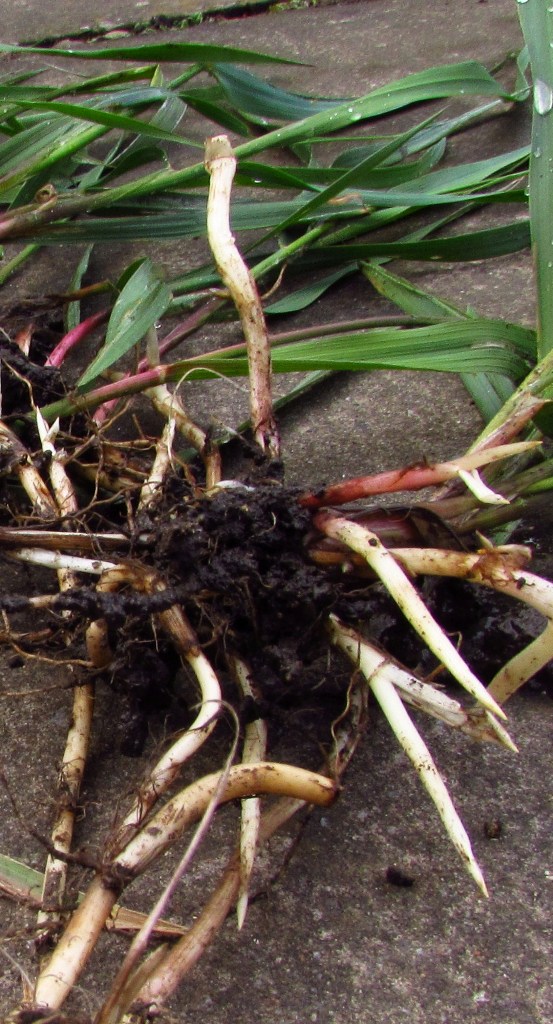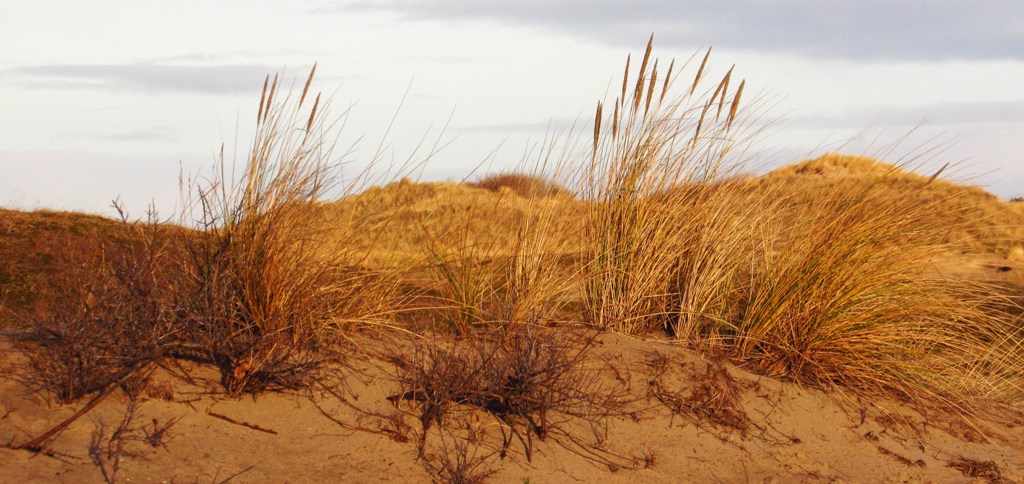
Grasses have many uses as well as that they are beautiful!
The family of Poaceae or Grasses in common language, is family number 177, which is the last family in Stace’s.
It is by far the largest family in the temperate world as grasses flourish in nearly every habitat!
Not a surprise therefore that they are most useful for us and other animals!
Contents:
Thanks are due for the information found on various websites (mainly Wikipedia) and books for which I provide links. There is colour coding for easy reading. Blue and yellow for general interest, green for wildlife and other uses and pink where there are medicinal uses or warnings. All pictures are by Matt Summers or otherwise mentioned.
Stace does mention many obvious non-native grasses, which have naturalized in several places as well as crop plants which have been grown for many centuries.
Identifying Grasses:
Many people find grasses hard to identify and this is mostly due because of their small parts, which often need be looked at through magnifying glasses and of course they are mainly all green!
However with a bit of practise and knowledge into which diagnostics to look for, they are not too difficult.
There is a good website called Naturespot with excellent pictures you can find here:
Several grasses have altered names and to find the correct name we have to refer to Stace or other recent floras such as ‘Grasses of the British Isles’
The Poacea can also be mistaken with sedges and rushes which are related and are in the same order of Poales.
But whereas the grasses have hollow stems, the sedges and rushes have solid stems.
Ornamental Uses of Grasses:
En masse, mixed with native wild flowers, most grasses are very attractive when in flower. Each habitat has its own particular dominant grass in combination with the native flowers. Many more people should experiment with leaving their lawn uncut, instead of going for boring, high-maintenance, short-cut lawns! It also won’t need any extra watering and feeding then, yet another advantage! An example of a grass mix is here.
Mixes of grasses for hard wearing and fine turf:
The main ‘hard wearing’ grass used in standard turf however, Perennial Rye-Grass, is not very attractive. But if it often has other grasses as well such as the Meadow-grasses, Timothy & Crested Dog’s-tail. This could slowly be ‘improved’ by adding flowering wildflowers which suit the locality.
The turf for bowling greens and other short-cut purposes has more delicate grasses with the Fescues and Bents.
There are many native grasses attractive enough to grow in your borders such as:
Dactylis glomerata (Cock’s Foot grass), Bromus spp. (the Bromes), Briza spp. (Quaking-Grasses), Deschampsia cespitosa (Tufted Hairgrass), Melica uniflora (Wood Melick), Molinia caerulea (Purple Moor Grass), Phalaris arundinacea and especially the Gardener’s Garters and so many more!
Many of the above also have named cultivars which are extra ornamental.
Wildlife Uses:
Reeds, rushes, sedges and other tall grasses provide safe habitat for especially birds.
Found a list of wildlife uses of especially lawn grasses:
- Short grass is useful for birds who like worms, such as blackbirds. Earthworms prefer fertile and alkaline soil, where you sometimes can find their wormcast as a proof!
- Not cutting grass as short or as frequently allows grasses
and other lawn plants such as plantain to seed and provide
food for birds. - Other lawn plants, such as daisies, provide nectar for
hoverflies and bees; in addition, bees will also visit buttercups
to collect nectar and pollen. - Long grass provides somewhere for invertebrates to shelter
and breed and for their eggs or pupae to survive the winter.
Some species of moth and butterfly, as well as craneflies
and sawflies, find this valuable. These provide a source of
protein-rich food for mammals and birds, and are particularly
important for the survival of young chicks. - When grown against a border or shrub bed, long grass
improves conditions beneath the shrubs for invertebrates,
which in turn provide food for birds and mammals such
as hedgehogs. - ‘Neglected’ lawns may contain orchids and other scarce plants. They also contain anthills; these provide ideal conditions for wild annual plants to grow and somewhere for insects to bask. The ants themselves are beneficial predators of less welcome garden insects and are fed on by birds and other wildlife.
Main uses of Grasses:
- In our temperate regions it is the fact that they can grow in many habitats and are food for our herbivores.
- They can protect the land from erosion especially on high ground where most of our trees have vanished over centuries, to make way for sheep and people.
- Phragmites australis (Common Reed) is important for thatching and grass roots stabilize the sod of sod houses. Reeds are used in water treatment systems, in wetland conservation and land reclamation.
- We can of course eat the grains of our domesticated grasses but the wild grasses are too fiddly to clean.
- Two species of Rye Grass are used mainly and extensively as grass for forage: Perennial Rye Grass (Lolium perenne) and Italian rye Grass (Lolium multiflorum).
- Perennial Rye Grass (Lolium perenne) is the main species used for our lawns as it is particularly hard-wearing as well as in playing fields for sports such as football and rugby.
- An interesting article about the use of scented grasses in Norway, especially the genera Anthoxanthum and Hierochloe can be found here:
- Cereals are used to make beers and spirits.
- Herbage grasses for grazing and for making hay and silage is an integral part of animal husbandry.
- Other grasses provide roof thatching, walls and floor matting as well as writing paper.
- Appropriate species of grass are ideal for stabilizing sand dunes and embankments. (Marram Grass or Ammophila arenaria and Leymus being the main examples.
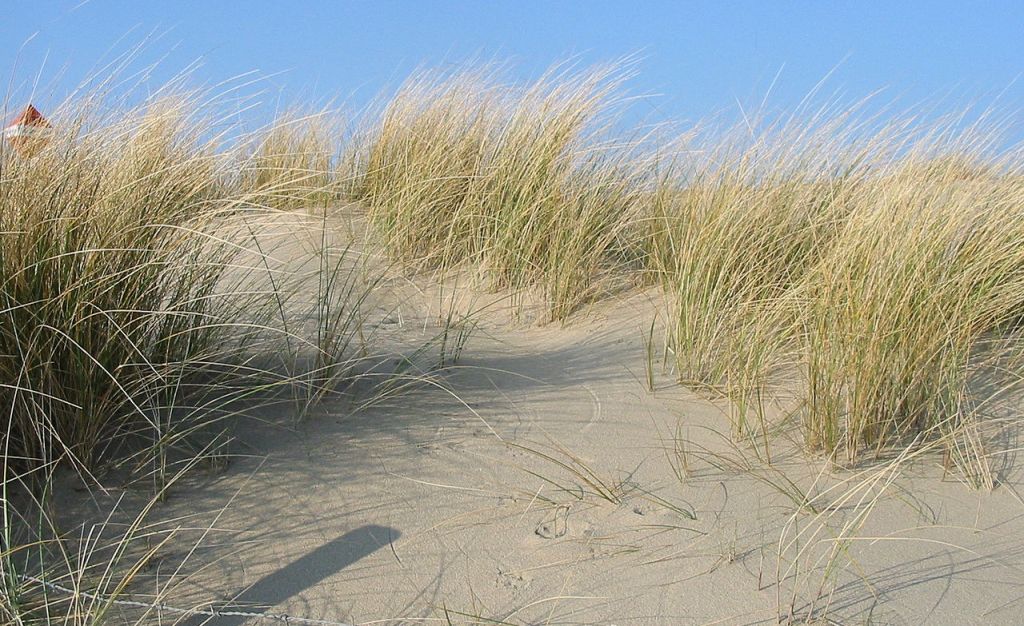
Marram Grass or Ammophila arenaria
A rhizomatous perennial herb of coastal sand dunes. A. arenaria is an important species in the stabilisation of mobile dunes and blow-outs, and is widely planted as a sand binder. Inland, it is a rare casual, though several attempts have been made in recent years to establish it on inland golf courses.
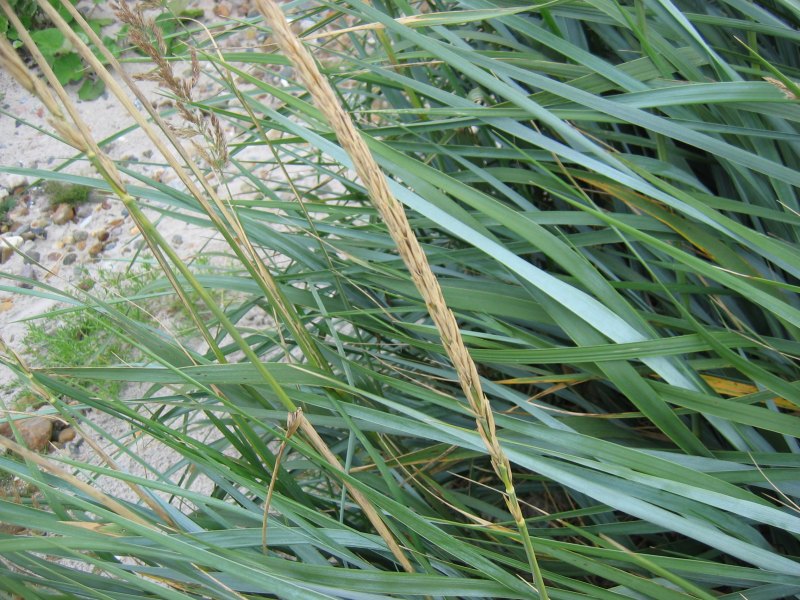
Leymus arenarius or Leymus
A rhizomatous perennial herb growing on coastal sand dunes, sometimes also on fine shingle; it is well known as an important species in the stabilisation of mobile dunes and widely planted as a sand binder. It is a rare casual or naturalised garden escape inland.
Leymus is also an attractive ornamental plant! I had used it as the main ornamental grass outside the Foster Building at Rodbaston College in Staffordshire
- Then there is turf for all manner of sports, including contented sitting, and the ‘amenity’ crops on which sitting is forbidden!
- Necklace beads and brush bristles also come from types of grass, as do clarinet reeds and edible bamboo-shoots.
- Bamboos have some place in amenity horticulture in these latitudes and also provide the gardener with canes.
- Cane sugar, from Saccharum officinale has for long been a cash crop, to the severe detriment of the land producing it and those who cut it and to the health of those whose sweet tooth has been catered for so lavishly.
- With so much emphasis on the supply of starch, sugar and fibre from grasses, their evaluation for other compounds has been somewhat overshadowed.
- Alkaloids are found in the family, as are saponins, phenolic acids and, especially in tropical forage grasses, lethal amounts of cyanogenetic glycosides.
- Oestrogens are found in some of the temperate species. For all the diversity of the family, the herbalist is left with the following handful of plants. Nonetheless, Couch Grass and Corn Silk are certainly ones that it would be very difficult to go without.
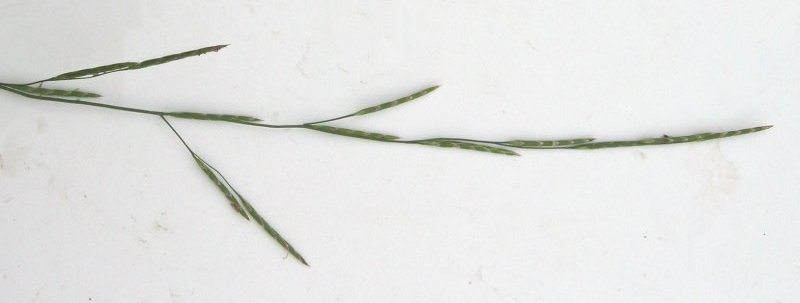
Floating Sweet grass or Glyceria fluitans
- Floating Sweet grass or Manna Grass (Glyceria fluitans) is an useful herbage in water meadows. Larger species provide cover for water fowl “.
A perennial herb of marshes, swamps and muddy pond margins, and forming floating rafts in shallow water by ditches, rivers, ponds and lakes; tolerant of high levels of disturbance and nutrient-enrichment.
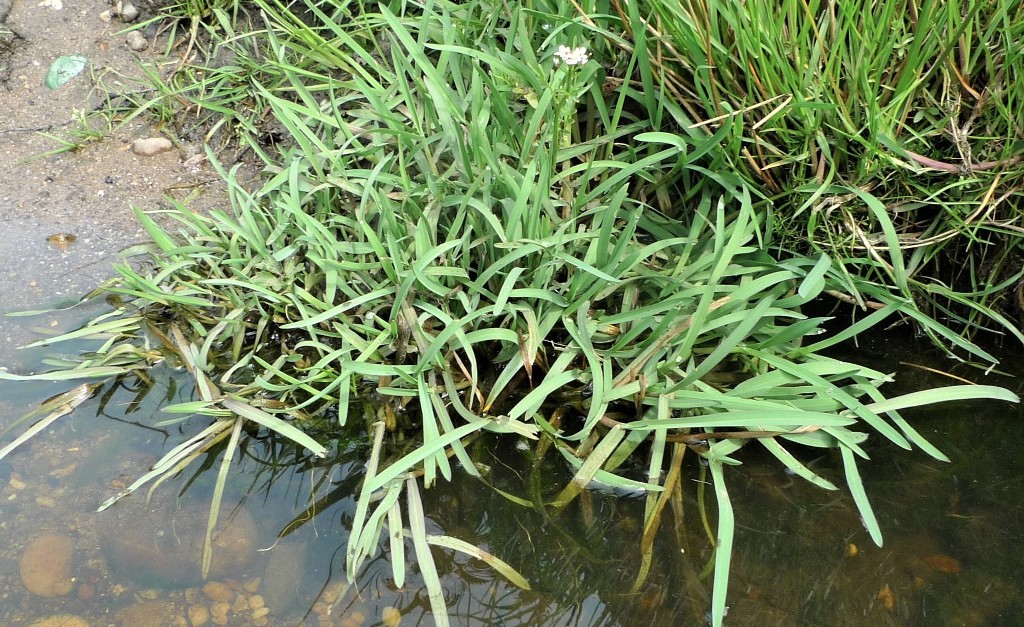
Small Sweet-grass or Glyceria declinata
A perennial herb of muddy pond margins, cattle-trampled ditches and marshy fields; also in shallow water by ponds, rivers and canals. Very similar to G. fluitans
Medicinal use:
There are only a handful of native, medicinal grasses according to Julian Barker in The Medicinal Flora of Britain and Northwestern Europe, 2001; namely
Darnel or Lolium termulentum
is an Analgesic (= herb for relief of mild pain) as well as a hypnotic (= herbs that relieve anxiety and induce normal sleep without unpleasant after-effects).
Externally uses: A lotion made from a decoction (= a medicinal preparation made from a plant) was used for sciatic pain, a poultice for ulcers and sores and the powdered grains in a suitable base as a drawing ointment.
Internally: powdered dried grain for headache, arthritic pain and sciatica. This remedy is probably not used any longer.
Couch Grass or Twitch or Elytrigia repens.
Gardeners are always surprised to learn of the esteem in which herbalists hold this safe remedy. As anyone knows, dogs and cats use the leaves as emetic. Herbal medicine is the only therapy (apart from preening in other primates which is also practised by animals). Those with an eye to a horse’s coat would do well to include the rhizome in with their feed. Action: Diuretic and Demulcent. Uses: Cystitis, urethritis, prostatitis, benign prostatic hypertrophy. Adjunct to the treatment of renal calculi or kidney stones.
Sweet Vernal-grass or Anthoxanthum odoratum
Action: Sedative. Anodyne and anti-inflammatory. Improves peripheral circulation (external use). Uses: Insomnia, especially when coincident with physical and mental exhaustion. Painful joints, muscle pain & stiffness, chilblains (as baths or compresses).
Common Reed or Phragmites australis
A rhizomatous and stoloniferous herb of swamps and fens, forming large stands in shallow water in ditches, rivers, lakes and ponds; also in brackish swamps and lagoons, and in freshwater seepages on sheltered sea-cliffs. It is frequently planted beside artificial water bodies.
A decoction of the root is a forceful diuretic of use in febrile conditions. The plant is host to Claviceps microcephala that has the same alkaloid content as ergot.
A great deal of our pasture and hay (and hay fever unfortunately) is composed of the Rye (Lolium), Meadow Grasses (Poa), Cocksfoot ( Dactylis), the Fescues (Festuca) and Timothy (Phleum). Their grains have been used as desensitisers to the allergy reactions the pollen causes but there is no convicting evidence for the efficacy of this approach.
Many uses for Reed, Anthoxanthum and Couch Grass are found on the Plants for a Future Database here
Finally this is the section on grasses and in particular the worlds staple crops (slightly edited) found in ‘The Medicinal Flora of Britain and Northwestern Europe written by Julian Barker, Winter Press, West Wickam, Kent, 2001.
Thought it was a really interesting account and I hope you find so too!
“Though not the largest in terms of number of species, no other single family has greater ecological dominance: grasses are estimated to make up the major part in over 20% of terrestrial vegetation.
The origin of agriculture stems largely from the gathering of wild grasses and, when allied to the domestication of forage animals, for which pastures may be sown, the stage is set for the almost inevitable dominance of agricultural/pastoral societies over those of an earlier hunter/gatherer mode.
This most ancient meadowland and hill-pasture is not a natural habitat at all; broad-leaved forest is the climax vegetation of the greater part of Northern- Europe, to which it would revert in time should we fail to survive.
No other plant family, then, has anything like the economic importance of the grasses. Most settled societies (civilisations) and some that are semi-nomadic are based upon staple foods that we have come to call cereals after Ceres the Roman goddess of agriculture.
In Western Asia and adjacent areas, Wheat and Barley were the first crops to have been systematically exploited and were ground for flour at least 12,000 years ago. Early weeds of the first crops were Rye and Oats that, by the first millennium BC were cultivated in their own right. Sorghum, various Millets and Teff are the main cereals of Africa.
Rice was developed in Southeast Asia along with a Foxtail Millet and Proso and Maize is indigenous only to the Americas and was the staple food of the civilisations of the warmer latitudes. Cultivation is thought to date from 7000 BC but is more difficult to date because of the senseless destruction of ancient artefacts and records motivated by a sense of theocratic superiority and fear. Not only has the world been deprived of one of its great heritage, but also archaeological reconstructions have been more difficult for lack of clues.
The cereals are annual grasses whose specialised fruit is harvested; the ‘grain’ is a structure where the fruit wall is inseparably fused to the seed which is not only starchy but has an unusual protein rich compartment, as well as oil. The Wheats are from species of Triticum.
Rye is in the genus Secale, the cultivated form of which is S. cereal. The plant is hardier than wheat and can thrive on poorer soils than wheat can, but it makes poor bread on its account of low gluten content.
Cultivated Barley may be considered as Hordeum sativum, but other names are also in use.

